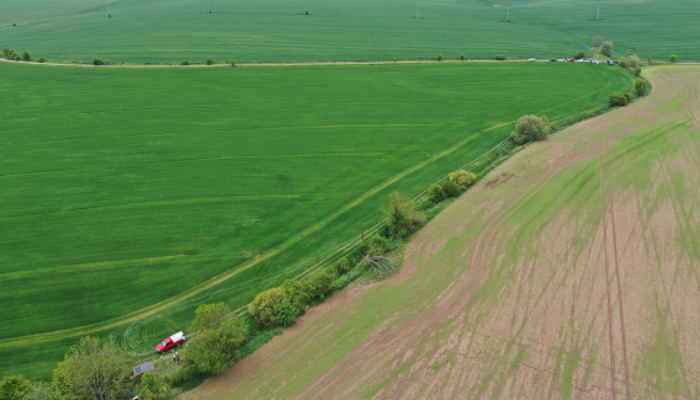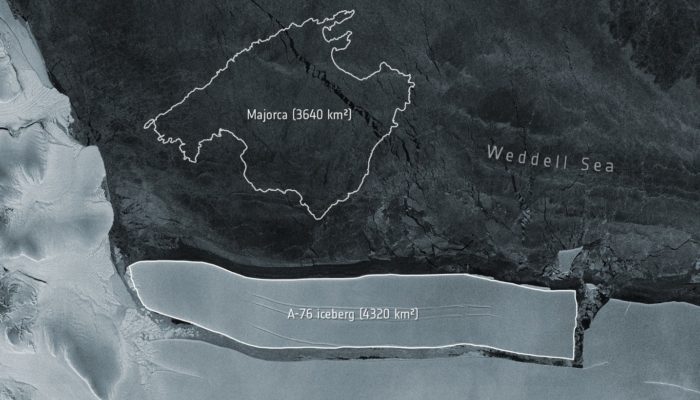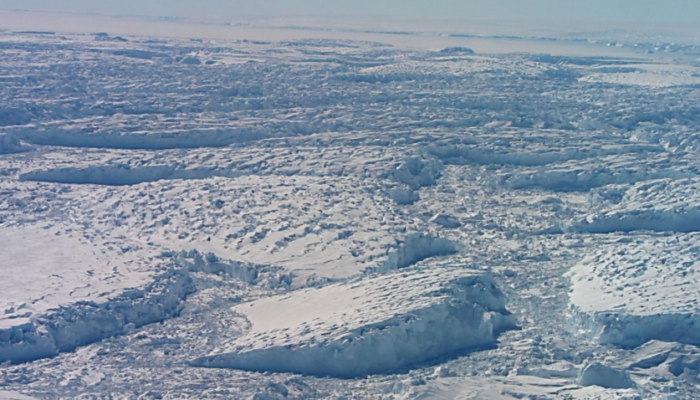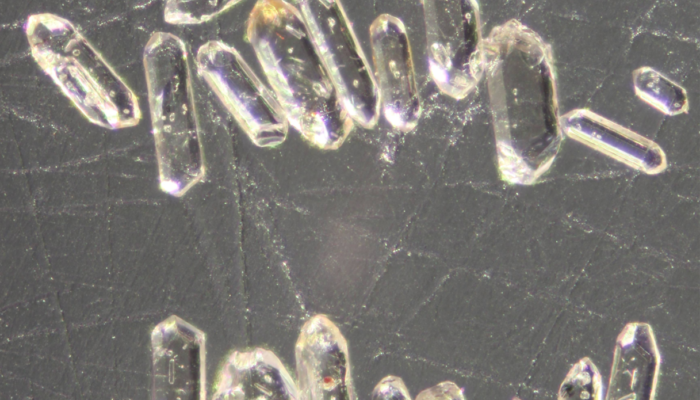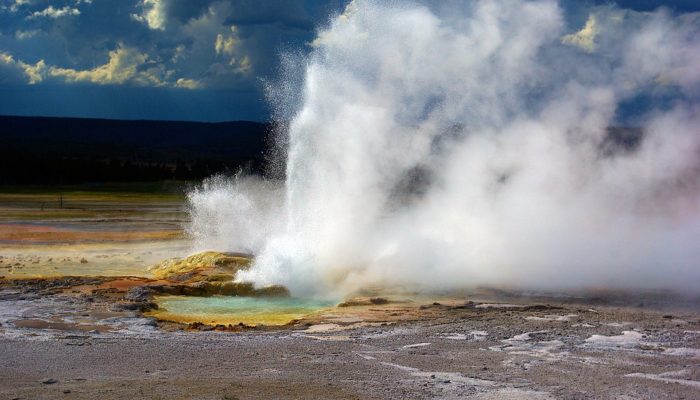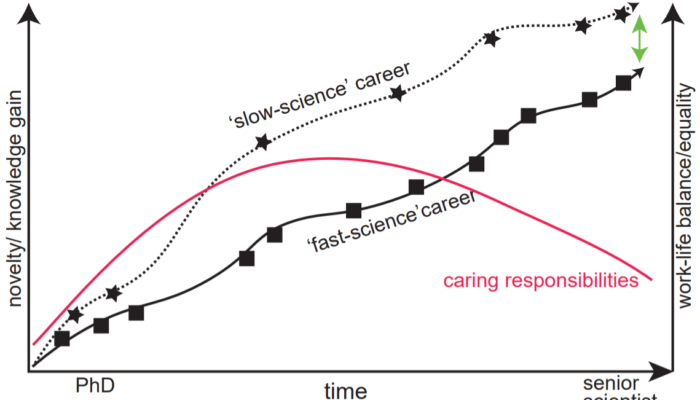The Nučice experimental catchment (0.531 km2) is located 30 km east of Prague in an agricultural landscape in the Central Bohemian Region, Czech Republic (Figs. 1 and 2). The cultivated landscape and climatic conditions are representative of farmlands of the Czech Republic. To understand water balance, rainfall-runoff and soil erosion processes on the cultivated landscape, we started hydrological ...[Read More]
GeoLog
Imaggeo On Monday: Yardangs in the Gobi desert
Seeing the Yardang rock formations during sunset was a surreal experience. While they seem to have be standing in a sea of water that formed them, the fluid dynamics that actually lead to their existence is the result of wind abrasion by dust and sand and the removal of loose material by wind turbulence. The air flow and resulting pattern of erosion and the distribution of rocks determines their s ...[Read More]
Nonlinear Processes in Geosciences
When carbon emissions break nature: icebergs and their feedback to climate change
The largest iceberg in the world, named A-76, about 170 km long and 25 km wide, is drifting away from the Ronne pack ice in Antarctica. A76, originally spotted by the British Antarctic Survey (BAS), a British polar research organization with a base nearby, will wander and melt in the Weddell Sea, according to a statement released Wednesday, May 20, by the European Space Agency. Several studies are ...[Read More]
GeoLog
GeoTalk: Meet Saioa Arquero, the Earth Magnetism and Rock Physics Division’s Early Career Scientist Representative
Hello Saioa, thank you for speaking with us today! Could you introduce yourself? My name is Saioa Arquero Campuzano. I’m a postdoctoral researcher at the Geosciences Institute in Madrid and I’m the Early Career Scientist (ECS) Representative for the Earth Magnetism and Rock Physics Division at EGU. This is my fourth year as a postdoc. After my PhD in Physics at Complutense University of Madrid, I ...[Read More]
Cryospheric Sciences
It’s not you, it’s me(lange): ice shelf break-up triggered by mélange and sea-ice loss
Between March and May 2007, a total of ~2,445 km2 (equivalent to over 17 football pitches) of ice mélange (a mixture of sea-ice types, icebergs and snow) and part of Voyeykov Ice Shelf in East Antarctica rapidly broke up. Observations of the timing and triggers of such events are relatively rare in East Antarctica, compared to ice shelves on the Antarctic Peninsula. Recent work highlights the impo ...[Read More]
Soil System Sciences
The importance of our SSS (…Soil Support Staff!) #6
It’s May, and here at Soil System Science HQ we’re calming down after a busy yet fascinating fortnight at the General Assembly. Over the course of two weeks, we enjoyed many thousands of soil science presentations – each one representing a great contribution to our knowledge and understanding about the soil system. Of course, we should never forget that much of that research would not have b ...[Read More]
Climate: Past, Present & Future
Detrital zircons: how the age of a resistant mineral can help to reconstruct the climate of the past
Name of proxy detrital zircon geochronology Type of record provenance proxy Paleoenvironment any sedimentary environment in a geologically diverse and diagnostic area Period of time investigated any Period of the geological timescale of the Earth, during which sedimentary deposits were formed How does it work? Igneous rocks form through assemblages of minerals crystallising from melt. While ...[Read More]
Geochemistry, Mineralogy, Petrology & Volcanology
GMPV for Sustainable Development – Geothermal Energy
GMPV and The Sustainable Development Goals In 2015 all United Nations Member States adopted a set of Global Goals, as a universal call to protect our planet, end poverty and ensure that all people can enjoy peace and prosperity. These are called the Sustainable Development Goals – 17 integrated goals aimed at addressing the challenges our society is currently facing considering social, economic, a ...[Read More]
Geodynamics
The Supercontinent Cycle
From orbital, to climatic, to tectonic evolution, many aspects of the Earth’s dynamics feature high degrees of cyclicity and episodicity, which can give us important insights into how the Earth’s works. The supercontinent cycle is an example capturing the Earth’s grandest scales and this week EGU geodynamics blog editor Tobias Rolf takes a closer look at it. Pangaea. This is a familiar term to eve ...[Read More]
Geomorphology
Slow versus fast science – summary and thoughts on the vEGU21 GM-ECS Great Debate
The Early career representatives of EGU’s Geomorphology Division (Andrea Madella (University of Tübingen), Annegret Larsen (Wageningen University), and Michael Dietze (GFZ – German Research Centre for Geosciences in Potsdam)) organized the ECS-Great Debate on “Slow science versus fast science” at this year’s vEGU21 – edited by Sabine Kraushaar. – GM Guest bloggers: Annegret Larsen (Wag ...[Read More]

